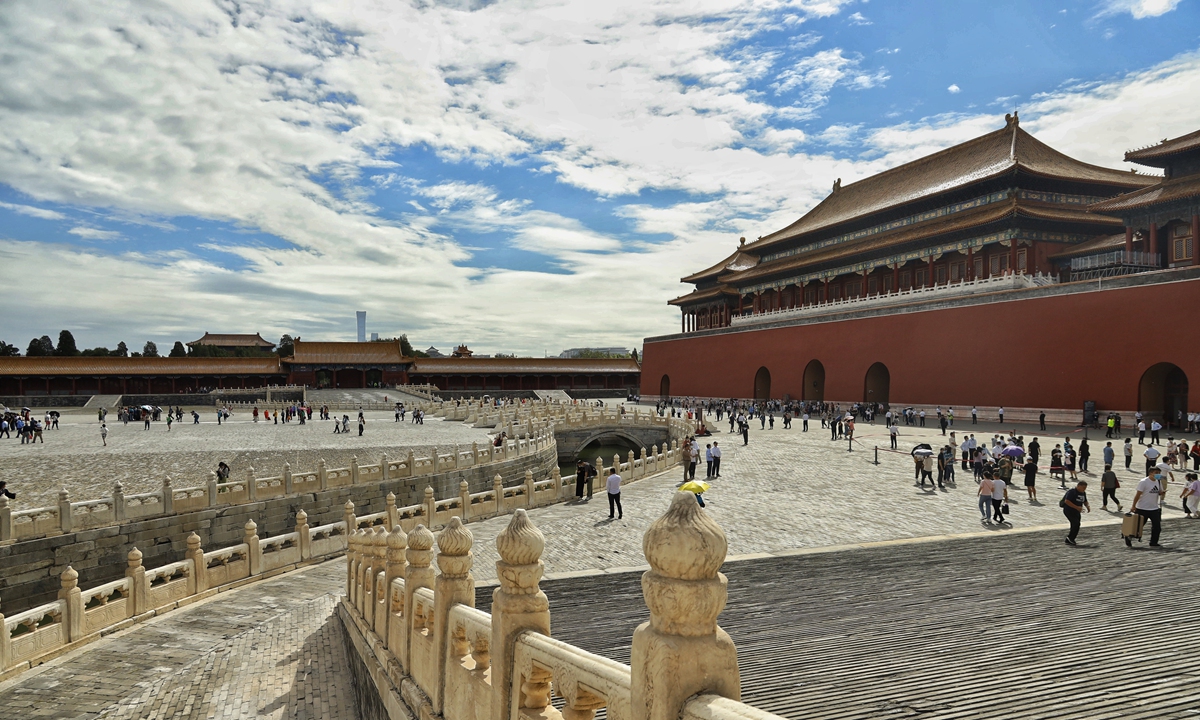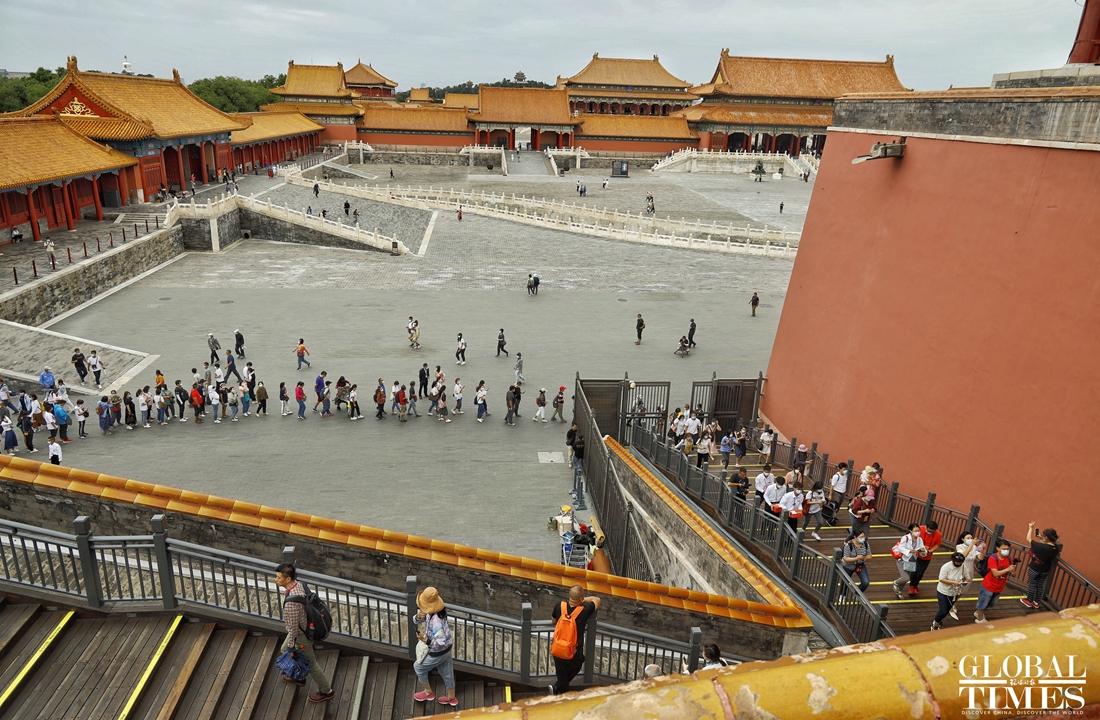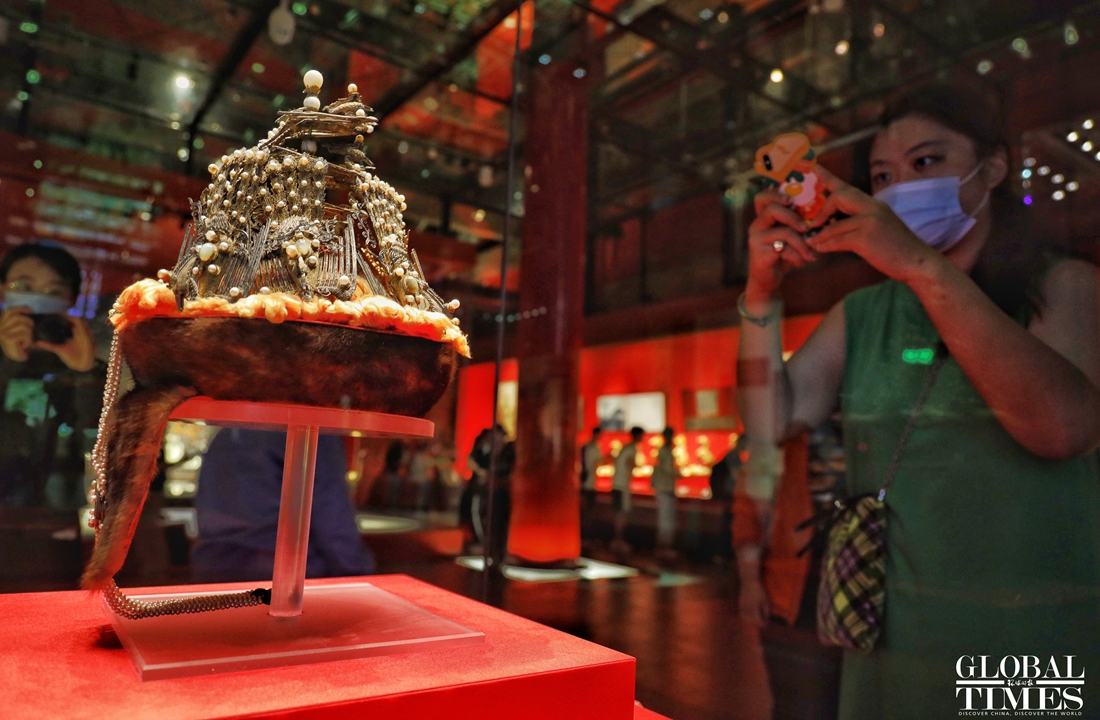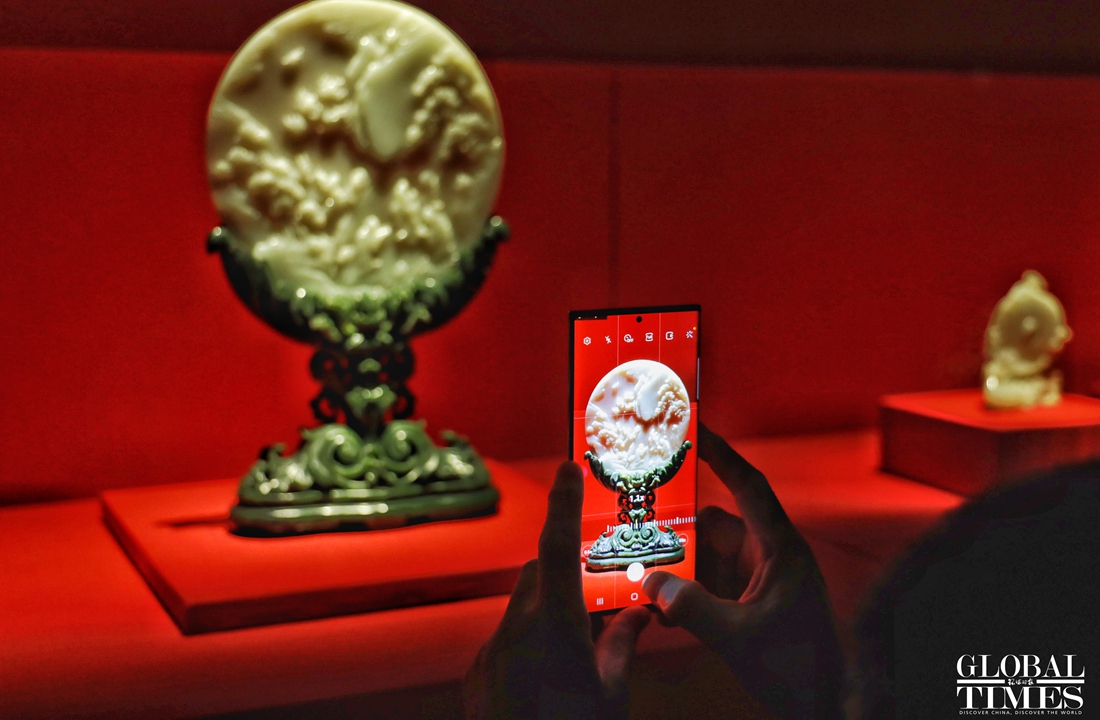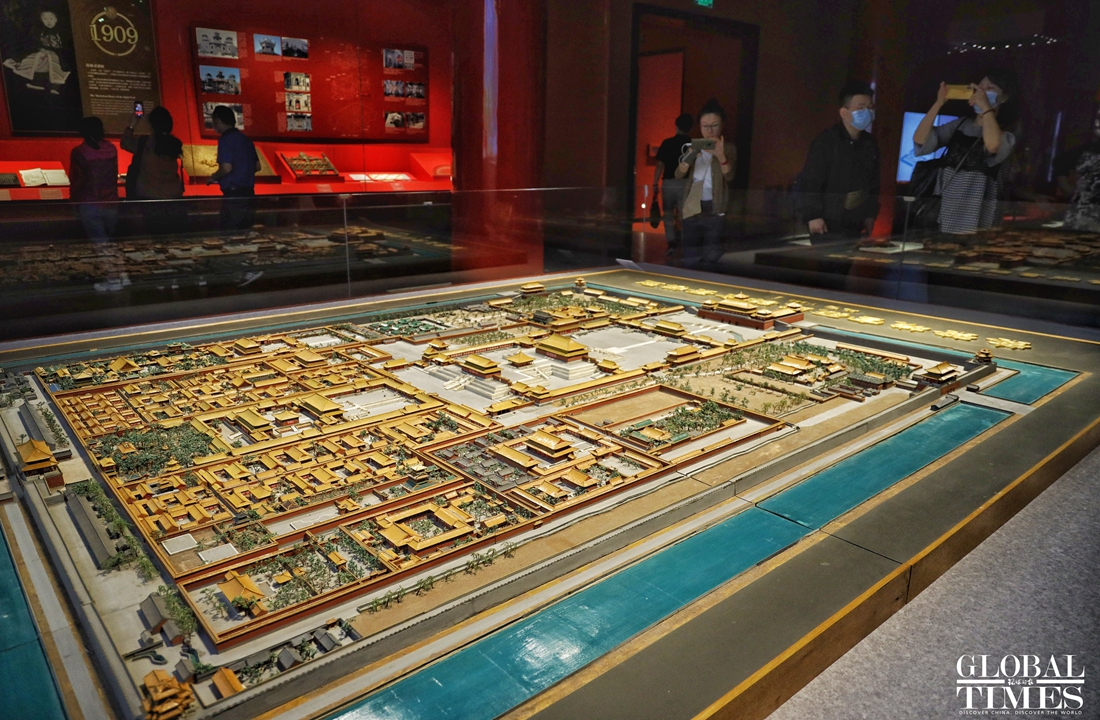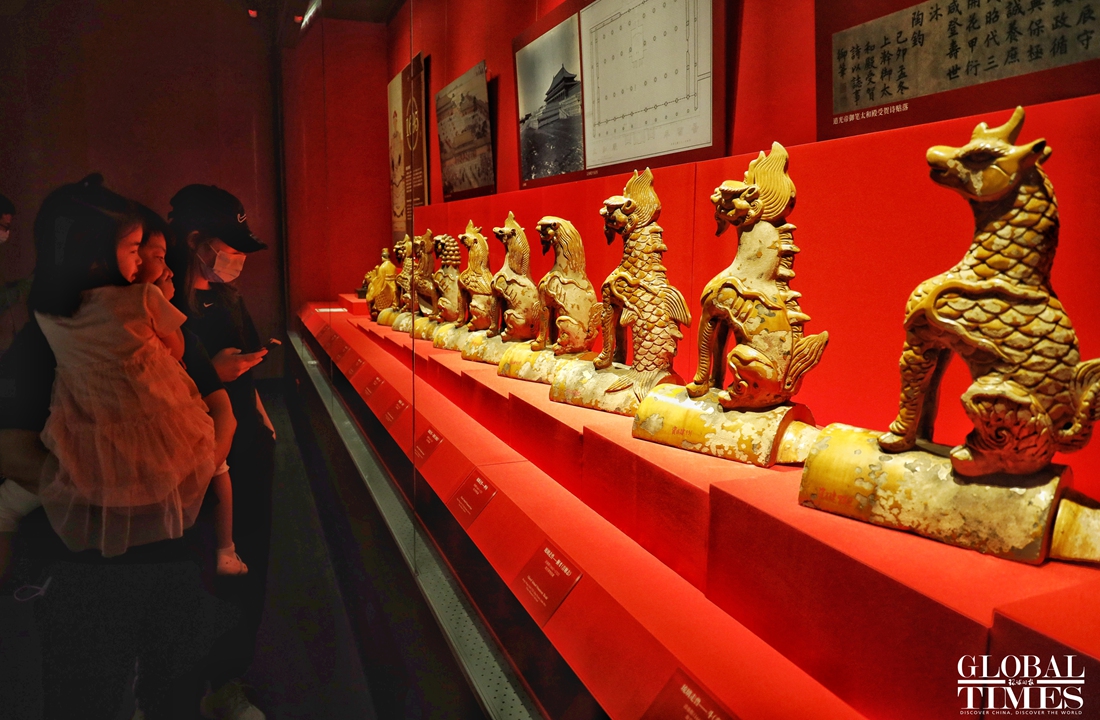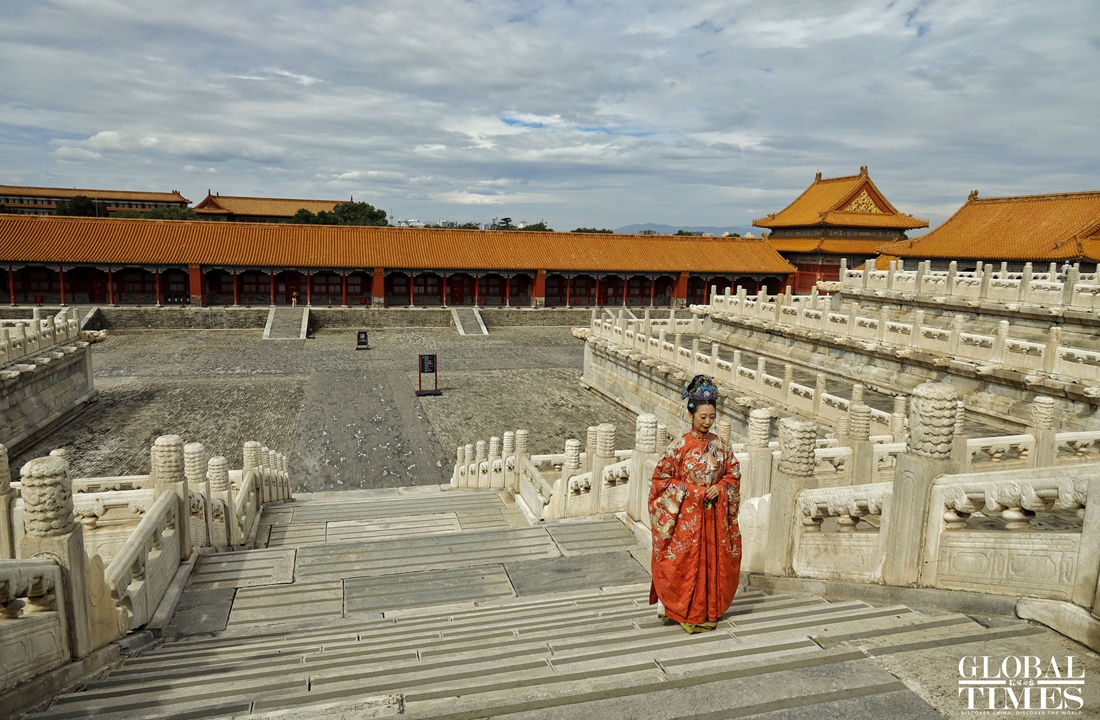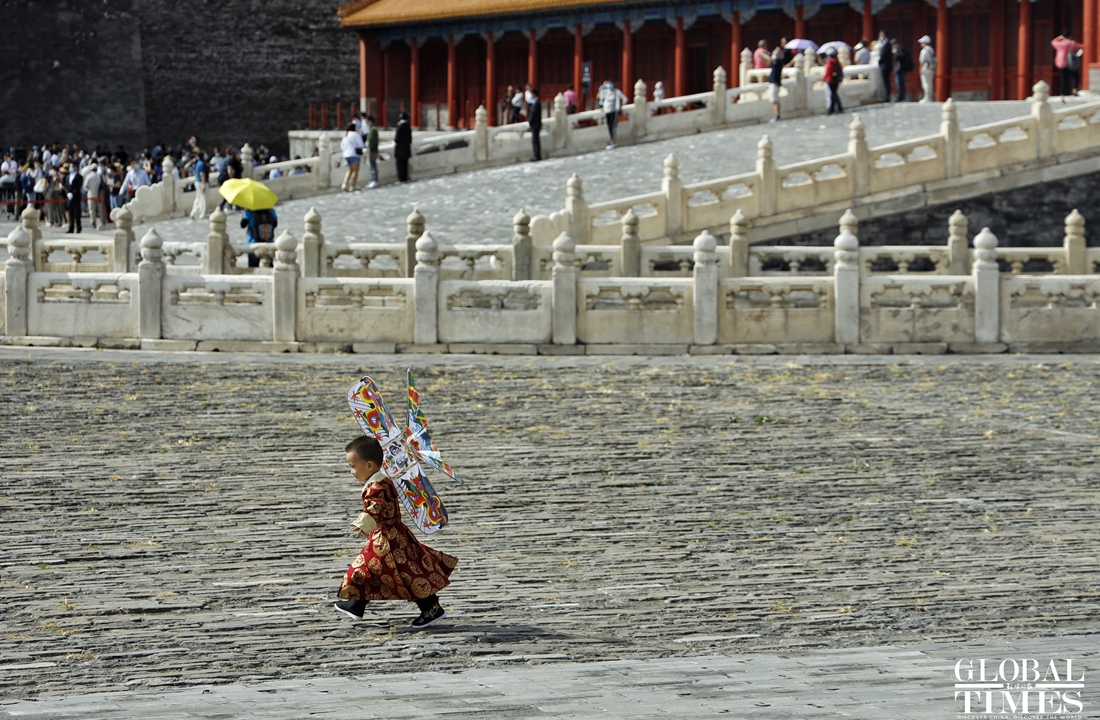Six hundred years on, the Palace Museum, also known as the Forbidden City, does not only have cultural meaning for Chinese people, who believed they live in a world of unprecedented turmoil.
Chinese people said the museum, which has stood for hundreds of years in the bustling heart of China's capital Beijing through thick and thin, war and peace, sends a messages that no matter how the world changes, tradition won't die among Chinese people. It is this tradition of meeting changes with composure, bravery and unity that will enable Chinese people to go through other fights that await.
